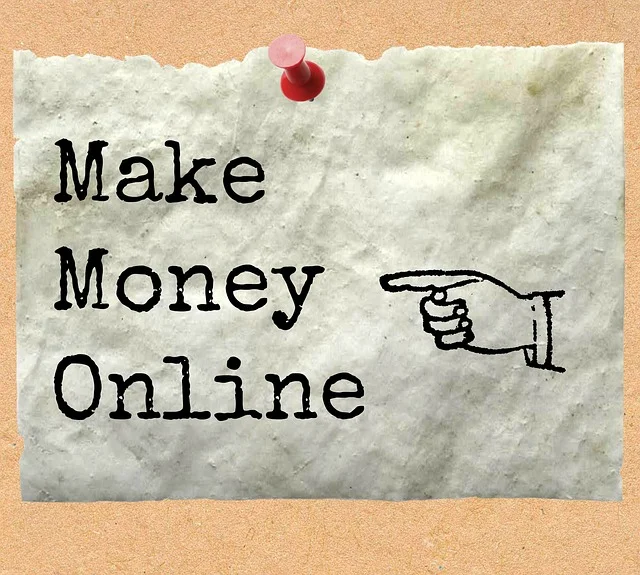How to Make Money Sell Services On Your Blog
When it comes to monetizing your blog, there’s a world of opportunities for you. In your own little corner of the internet, you can find very many revenue streams, but the one we will be looking at here is how you can make money selling services on your blog.
Many bloggers initially chase after passive income streams, they discover how unpredictable passive income can be. A spike in sales one month can be followed by a sharp decline in another. While a great way to monetize your blog on autopilot is through passive income, selling services on your blog can help combat the unpredictability of passive income helping you to make consistent sales through out the year.
Why Bloggers Should Sell Services
As a blogger, you might already have an audience who are loyal readers and are ready to purchase anything from you. These could be information products like e-books, courses or a service like a one-one-one coaching session or consultation. You could be missing out if you don’t offer a service like these on your blog. You ought to take advantage of your eager readers who want to work with you directly.
What Services Can You Sell?
The first thing to decide is what services to sell. Logically, coaching sessions or consultations is the way to go. For instance, bloggers who are career professionals may offer one-on-one consultation with other professionals looking to make career changes or financial bloggers can help create a financial plan and help people stick to it.
If you always get emails from your blog readers requesting more words of wisdom concerning their personal issues, you can provide consultations and coaching. Isn’t it sensible to make money selling your advice, rather than giving it away for free?
Keep in mind that readers are already stopping by to get what you have to say about your niche. With one-on-one consultations, your readers can get personalized attention and an opportunity to receive added support they crave.
Services to Sell
1. Blogging as a Service
Experience they say is the best teacher. As a blogger, you have learned the finer points of post writing and brand marketing. You can offer your blogging service to businesses to help them generate brand awareness and expand their online reach. It is wise to turn your blogging knowledge into a service offering on your blog.
2. Virtual Assistant Services
Virtual assistant services are providing increasing success to bloggers now than ever before. It is a great way to make better connections with fellow bloggers as it provides practical insight and knowledge that can help your own blog as well.
3. Social Media Management
Blogging and social media work hand in hand. You probably are already active on platforms like Facebook, Twitter, Instagram and Pinterest. You must already know one or two things about gaining followers and getting traffic from these social sites. Other businesses would be able to benefit from your real-world social media marketing and management experience if you show them. So, why not package that knowledge into a service for sale?
What To Charge
Having determined a service to sell, it’s time to have it packaged for sale on your blog. However, before you go live with what you are offering, it is wise to figure out what you’ll charge and how many hours you can devote to services each month. Because there’s a lot to cover through the day, you’ll have to be careful not to spread yourself thin. Ensure you are dedicating quality time to your service before offering it for sale!
Conclusion
Whatever your area of expertise may be, you’ll find a service offering that makes sense for your blog. If you are counting on your passive income stream monthly, then you have to put your knowledge to work as a service on your blog.
Keep in mind that you already have an audience stopping by every month looking for your expertise. Do not forget all the practical knowledge you have gained as a working blogger. You can turn these into services that small businesses or other bloggers can get help with if they are stuck on their own initiatives.
Whatever service you choose to sell, always remember that it has to be relevant to your existing audience. Be authentic and make it easy for them to be accessed on your site. In no time, you’ll have a new stream of steady income you can count on every month.














